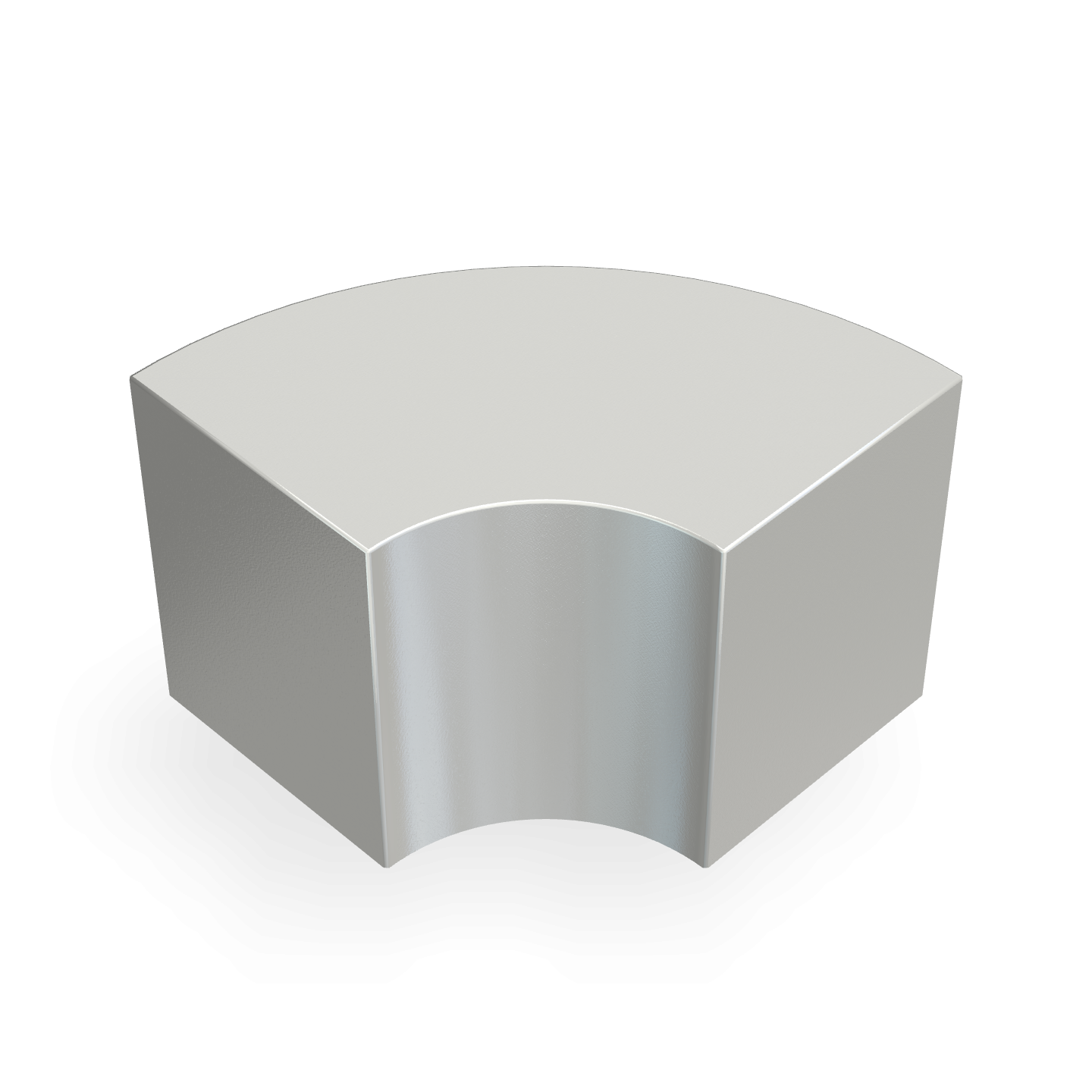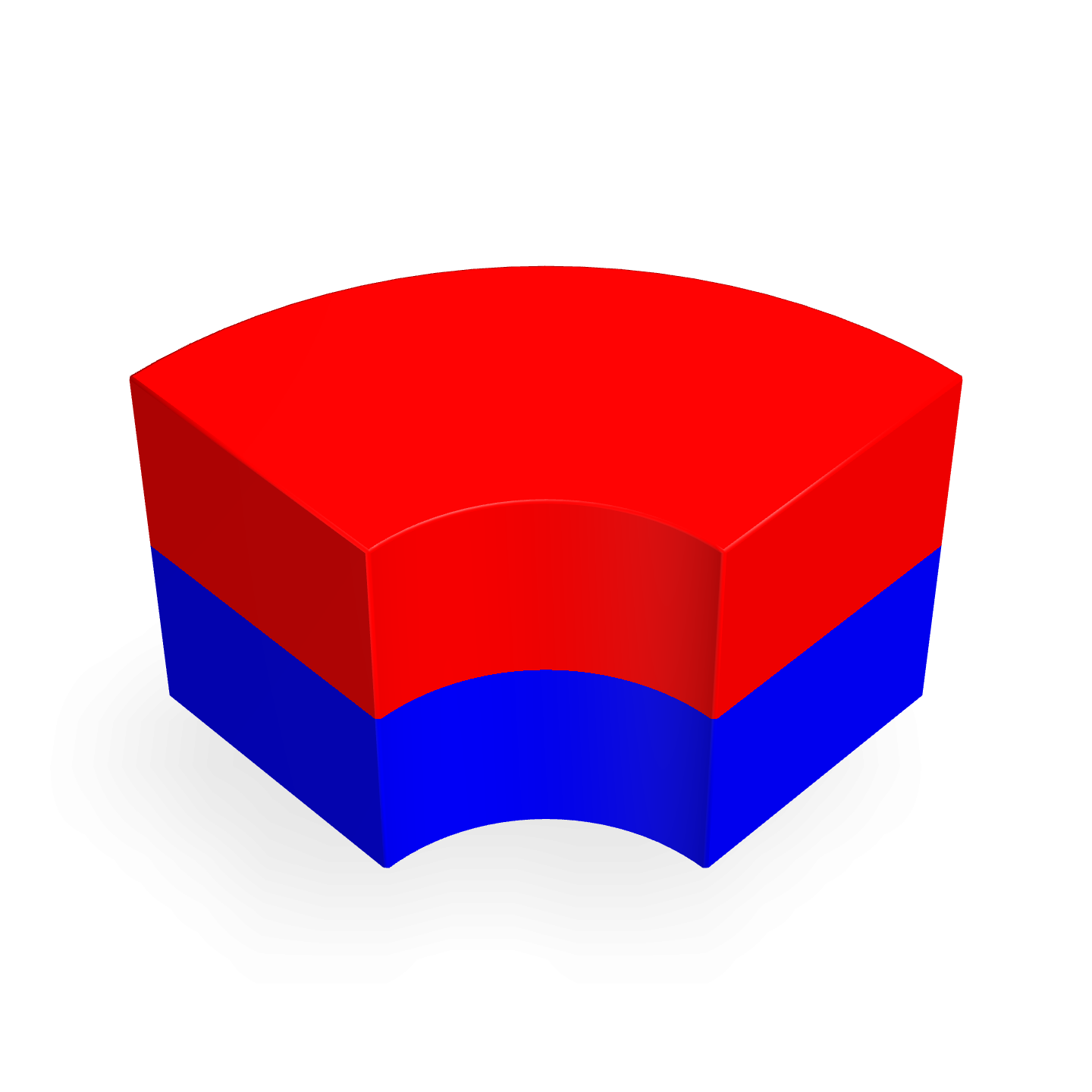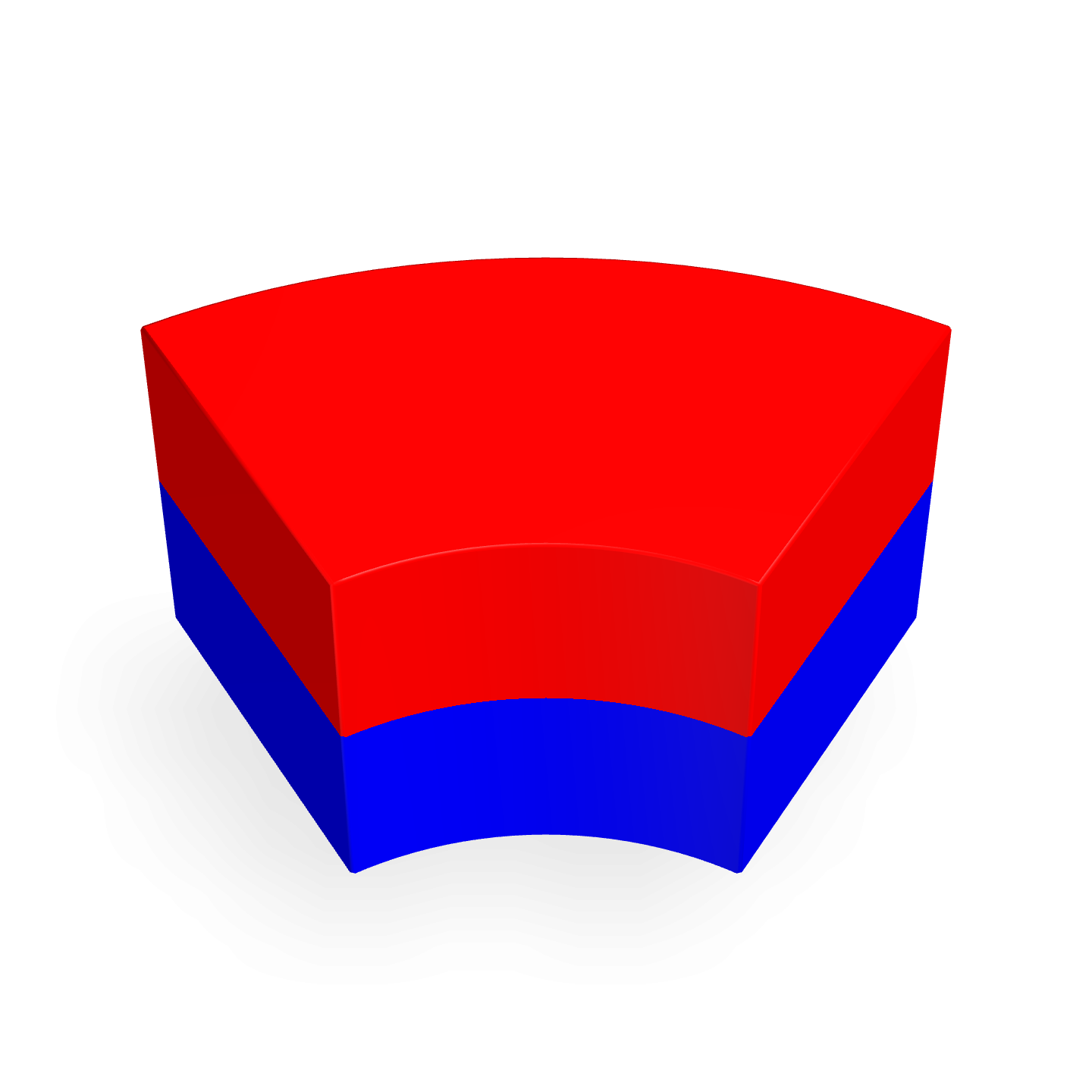Introduction
Electric motors are the backbone of countless modern innovations, and one type stands above the rest: Neodymium Magnet Motors. Known for their strength, efficiency, and adaptability, these motors are reshaping industries from automotive to industrial machinery. In this post, we’ll explore what makes these motors so remarkable and why they’re indispensable in today’s technology.
What Are Neodymium Magnets?
Neodymium magnets are rare-earth magnets made from a blend of neodymium, iron, and boron. Since their invention in 1982, they’ve become the strongest permanent magnets available, thanks to their extraordinary magnetic power and durability. This makes them a top choice for applications requiring consistent performance and reliability.



Why Neodymium Magnets Are Crucial in Motors
Motors using neodymium magnets—often called permanent magnet synchronous motors (PMSMs) or brushless DC motors (BLDCs)—rely on the powerful magnetic fields these magnets produce. These fields interact with electric currents in the motor, creating the rotational force (torque) that drives the motor. Their efficient design has made them a cornerstone of modern motor technology.
Advantages of Neodymium Magnet Motors
1. Compact Power
Neodymium magnet motors pack a punch. They deliver high torque relative to their size, making them perfect for applications where space and weight are limited, like electric cars and drones.
2. Energy Efficiency
These motors excel at converting electricity into motion with minimal waste. This is especially critical in electric vehicles, where energy efficiency directly impacts driving range and performance.
3. Durability
With fewer moving parts—like brushes that wear down over time—these motors last longer and require less maintenance. This reliability makes them a go-to choice for demanding industrial and consumer applications.
Where Neodymium Magnet Motors Shine
1. In Vehicles
Electric and hybrid vehicles depend on neodymium magnet motors for their compact size, efficiency, and power. These motors are key to overcoming challenges like maximizing range and improving performance.

2. In Everyday Devices
From electric bikes to drones and appliances, neodymium magnet motors are everywhere in today’s gadgets. Their small size and high performance make them ideal for consumer products.
3. In Factories and Warehouses
In industrial settings, these motors power advanced robotics and machinery, offering precise control and reliability. Their role in automation is critical for efficient manufacturing processes.
How These Motors Work
At the heart of a neodymium magnet motor is the interaction between electricity and magnetism. When electric current flows through the motor’s coils, it generates an electromagnetic field. This field works with the magnetic force of the neodymium magnets to create torque, turning the motor’s shaft. The result is a smooth, efficient transfer of energy into motion.

Looking Ahead: The Future of Neodymium Magnet Motors
The demand for neodymium magnet motors is expected to grow as industries focus on efficiency and sustainability. Ongoing research aims to make these motors even better by enhancing their materials and reducing costs. With the rise of electric vehicles and renewable energy systems, their importance will only increase in the coming years.
Conclusion
Neodymium magnet motors are a vital part of modern technology, offering unmatched efficiency, power, and reliability. Their widespread use across industries shows just how crucial they are in driving innovation. As the world moves toward cleaner and more sustainable solutions, these motors will continue to lead the way, powering the future one revolution at a time.








1 comment
Owen Clark
Thank you for an informative article! I was able to get some insightful information on this for my school work as a mechanical engineer student. Is it possible for Magfine to write an article on how neodymium magnets are used in cooling? like magnetocaloric effect?